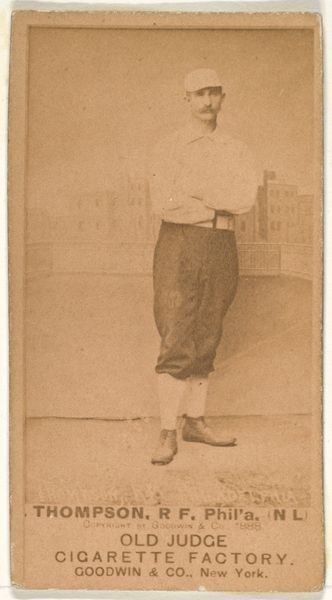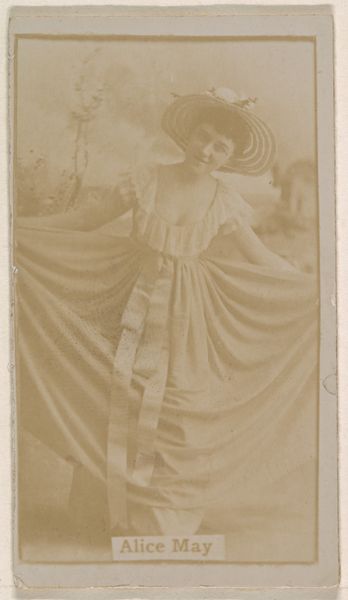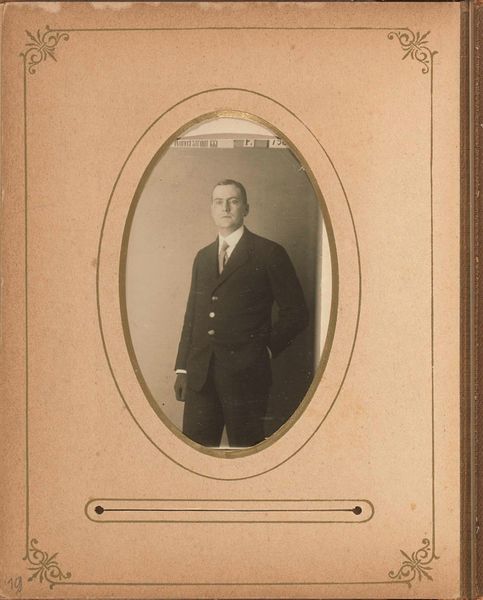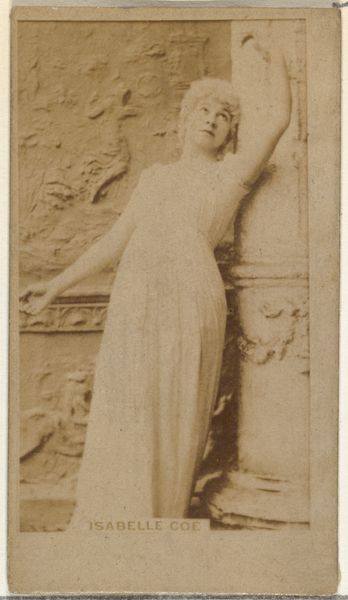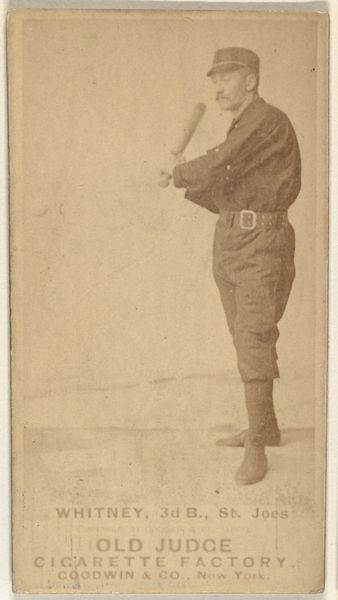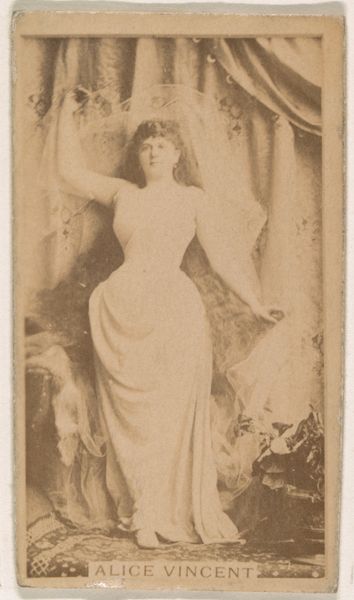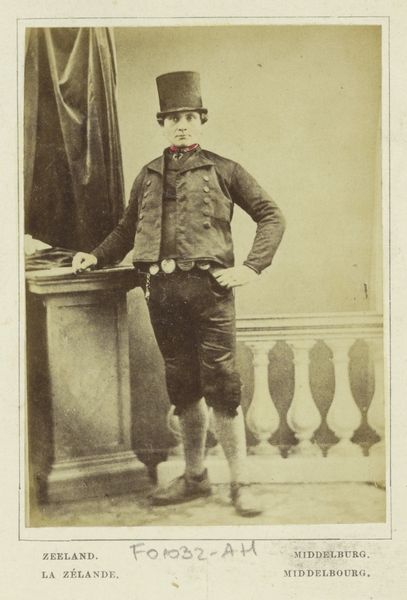
Gezicht op het Flatiron Building op de hoek van Fifth Avenue en 23rd Street, New York 1902
0:00
0:00
Dimensions: height 192 mm, width 141 mm
Copyright: Rijks Museum: Open Domain
Curator: This gelatin-silver print, dating to 1902, captures a striking view of the Flatiron Building at the intersection of Fifth Avenue and 23rd Street in New York City. Editor: It evokes a somber monumentality. The sky is overcast, the light subdued, and the Flatiron Building looms—a stark triangle cutting through the haze. It feels imposing and slightly… oppressive. Curator: The very design of the Flatiron Building speaks volumes about material ambition. Its steel frame, revolutionary for the time, allowed for this soaring height and unconventional shape. You can practically feel the industrial processes that birthed this new American city. It marked the rise of steel. Editor: Absolutely. The building also carries potent symbolism. Its wedge shape disrupted the familiar grid of the city, announcing a new era of architectural possibility, maybe even audacity. Doesn’t that triangular form echo ancient obelisks, pointing towards progress and perhaps, a very masculine sense of power? Curator: Indeed. But also consider the practical aspect: the workers who fabricated the steel, the draftsmen who translated designs, the social disruption of this enormous undertaking…The sheer human endeavor required for its making reveals so much about societal shifts and its production, the cost. Editor: Still, think of how people reacted to its sudden appearance. Early skyscrapers were often seen as symbols of modernity's disruption, but the Flatiron's odd shape gave it a peculiar iconic status. Many at the time, I wager, regarded its peculiar profile, not merely as “steel,” but as an emblem of the new century, of a future rushing toward them. It stood in place of those values. Curator: True. It’s a building of grand ambition, undeniably. And by studying its production—its material makeup and its methods of construction—we get a clearer glimpse into the social dynamics it represents and reinforces. The very labor involved in constructing the building is invisibilized as the building rises as monument. Editor: So, in essence, it operates on different registers, reflecting both the audacity of new technologies but at the same time reflecting ancient monumentality. That it still captures our imagination says something, no? Curator: Definitely, even the visual rhetoric employed, as we examine it through photographic representation. Editor: Well said! Thanks for giving us insight into your worldview! Curator: Of course! Thank you too.
Comments
No comments
Be the first to comment and join the conversation on the ultimate creative platform.
